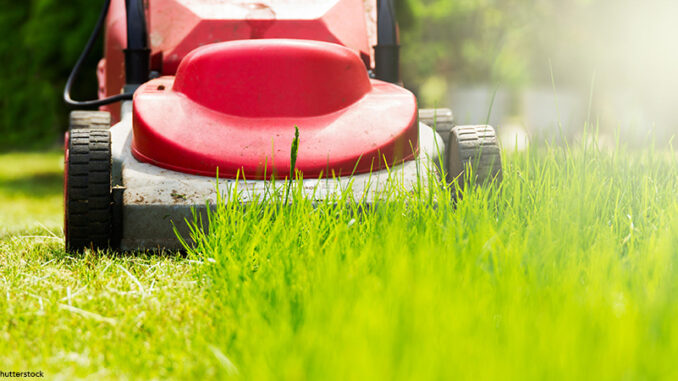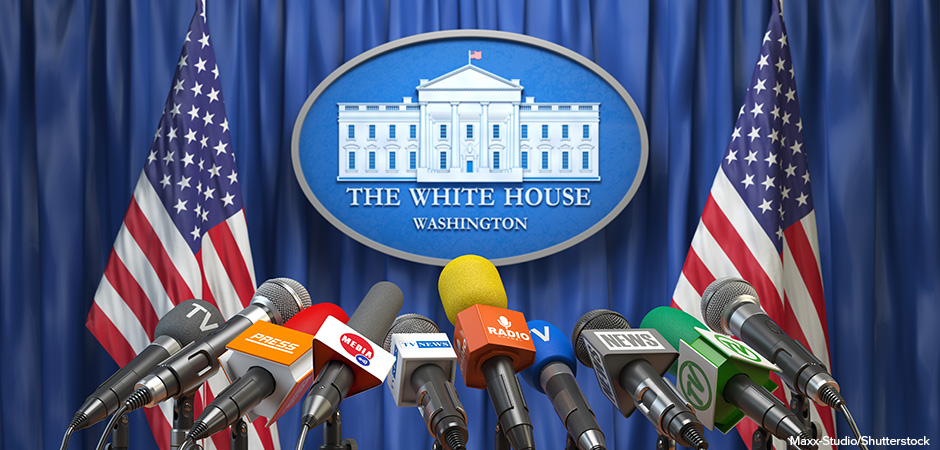
American Girl Releases AAPI Doll of the Year
Every year since 2001, the American Girl toy company has released a Girl of the Year doll. Unlike its regular line of historical dolls, the Girl of the Year dolls reflect the diversity of today’s world. The 2022 Girl of the Year is Corinne Tan. She is the first Chinese American doll to hold this title.
Corinne has a story that is more than just her racial identity. She is from Aspen, Colorado, and loves to ski. She has a blended family, a younger sister named Gwynn and a rescue puppy. The book that accompanies the doll tells Corinne’s story. The story is about family love and outdoor adventure. But it also shares moments when Corinne faces anti-Asian racism. The story explains that her strong blended family gives Corinne the support she needs to overcome her bullies and be proud of her heritage.
This message is a timely one for everyone, but especially for Asian Americans and Pacific Islanders (AAPI). The number of reported anti-Asian hate crimes has grown rapidly since the start of the COVID-19 pandemic. This was related to misplaced anger directed towards Asian Americans since the coronavirus began in China. The group Stop AAPI Hate has documented more than ten thousand incident reports since March 2020. American Girl believes that the Corinne doll’s story helps young girls who experience racism in their own lives. The company is also going a step further. It is donating $25,000 to the group AAPI Youth Rising, for their ONE/180 pledge project. This program asks schools and teachers to teach just one lesson per school year about Asian American and Pacific Islander history and culture.
Dig Deeper In honor of AAPI Heritage Month, use the Internet to learn more about three important organizations fighting against anti-Asian racism and discrimination: AAPI Youth Rising, Stop AAPI Hate, and the AAPI Equity Alliance. What is each group’s mission statement and key projects/initiatives?
Extreme Heatwave Hits India and Pakistan
Depending on where you live, springtime might mean heat, cold, rain, drought, or something in between. India and Pakistan experienced severe temperatures during the month of April. Scientists say the temperatures were so severe they tested the limits of human survival. Temperatures on the Indian subcontinent were the highest they have been since record-keeping began more than a century ago. India recorded seven consecutive days over 104° F. Pakistan recorded high temperatures reaching 116° F.
The immediate impact of these extreme highs is widespread and serious. The heat wave closed schools, but it also damaged crops and limited the area’s food supply. Extreme temperatures put an extra burden on the area’s energy supply. People struggle to cool their homes to manageable levels and the extra coal used to generate electricity caused power shortages. The long-term effects of heat waves are even more frightening. Scientists predict that there will be more and more “spring-less years” in the region. Longer-lasting, more intense heat waves–such as those experienced this year by India and Pakistan–have serious impacts on the health and safety of populations. This is especially true for the poor and the elderly.
Experts urge the importance of planning ahead for extreme heat with early warning systems and community education programs. Some areas are developing Heat Action Plans, while others are exploring renewable energy options to reduce reliance on coal. Another heat wave is expected to hit the region this week.
Dig Deeper India and Pakistan aren’t the only places that need to prepare for extreme heat in the future. Click on this California state website to view California’s Extreme Heat Action Plan. What are the plan’s main initiatives?
No Mow May
Looking for an excuse not to mow the lawn? Here it is: No Mow May, a nationwide movement to conserve the bee population by not mowing your lawn for the month of May.
Why participate? Without bees and other pollinators, the amount and diversity of plant life on Earth would be drastically reduced. But bees are dying out in record numbers. In North America, a quarter of native bee species are at risk of extinction. Fortunately, there are many things that all of us can do to preserve bee populations. This includes using fewer chemicals on your lawn, planting more native plants, and creating bee habitats.
Letting your lawn grow during the month of May allows common lawn flowers that bees rely on for food–such as dandelions, clover, and violets–to grow and bloom as well. The No Mow May movement, which began in Great Britain, has been extremely successful throughout North America as well. Communities that have embraced this movement see a drastic increase in the number of plant species in their yards, as well as up to five times more bees. And that biodiversity is good for the whole planet.
Some communities might have rules about how high your lawn can grow. During No Mow May, some areas will suspend those laws. If your community hasn’t embraced No Mow May yet, but you’d still like to participate, there are several things you can do. Let your lawn grow as long as you’re legally allowed to before you cut it. Talk to your neighbors about what you’re doing so that they don’t get upset. You could even print yard signs to help spread the word. And encourage your local leaders to see the benefits of taking a break from the mower.
Dig Deeper Has your community adopted No Mow May yet? If not, write a letter to your local government leaders explaining why your town should join in. Visit beecityusa.org for useful fact sheets and other information.) If your community is already participating, create a poster or yard sign encouraging your neighbors to join in.
Improving Second Chances
The United States criminal justice system reveals some noticeable racial disparities. As of 2021, white/non-Latino Americans were jailed at an average rate of 261 per 100,000 residents. African Americans were imprisoned at a rate almost five times higher: 1,240 per 100,000 residents. That means one out of 81 African American adults in the U.S. is currently serving time in a state prison. During Joe Biden’s 2020 presidential campaign, he pledged to make the criminal justice system fairer. On April 26, 2022, the president took the first steps to doing that. He pardoned three people and shortened the prison terms of 75 others.
Biden pardoned Abraham Bolden, the first African American Secret Service agent to serve on presidential detail. In 1964, Bolden was accused of trying to sell a copy of a Secret Service file. Bolden always maintained his innocence. Biden also pardoned Betty Jo Bogans and Dexter Eugene Jackson, both of whom were incarcerated for nonviolent drug-related offenses.
The Biden administration also addressed the challenges of transitioning back into society after being released from jail. Biden announced that $145 million in grants has been set aside to develop re-entry plans for former prisoners. These plans will help former prisoners find work, housing, and loans to start their lives after imprisonment.
Other federal agencies are aiding this initiative. The Small Business Administration is opening access to loans for former prisoners. The Department of Education is expanding its Second Chance Pell Initiative program, which provides school tuition grants to former prisoners. The Office of Personnel Management is expanding its “ban the box” policy. This prevents employers from asking about an applicant’s criminal record. And the Department of Health and Human Services is looking at creating a special six-month window for people who have been recently released from prison to sign up for Medicare.

